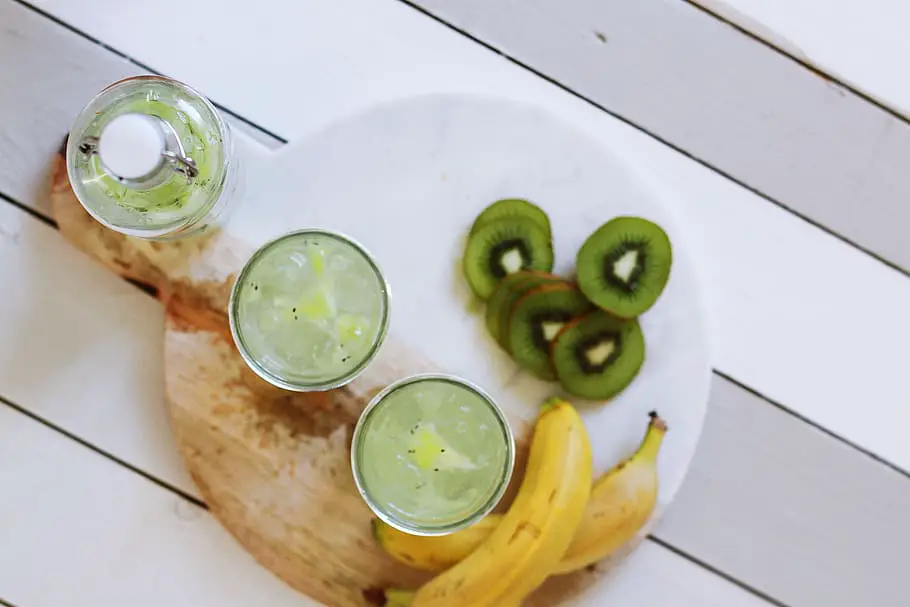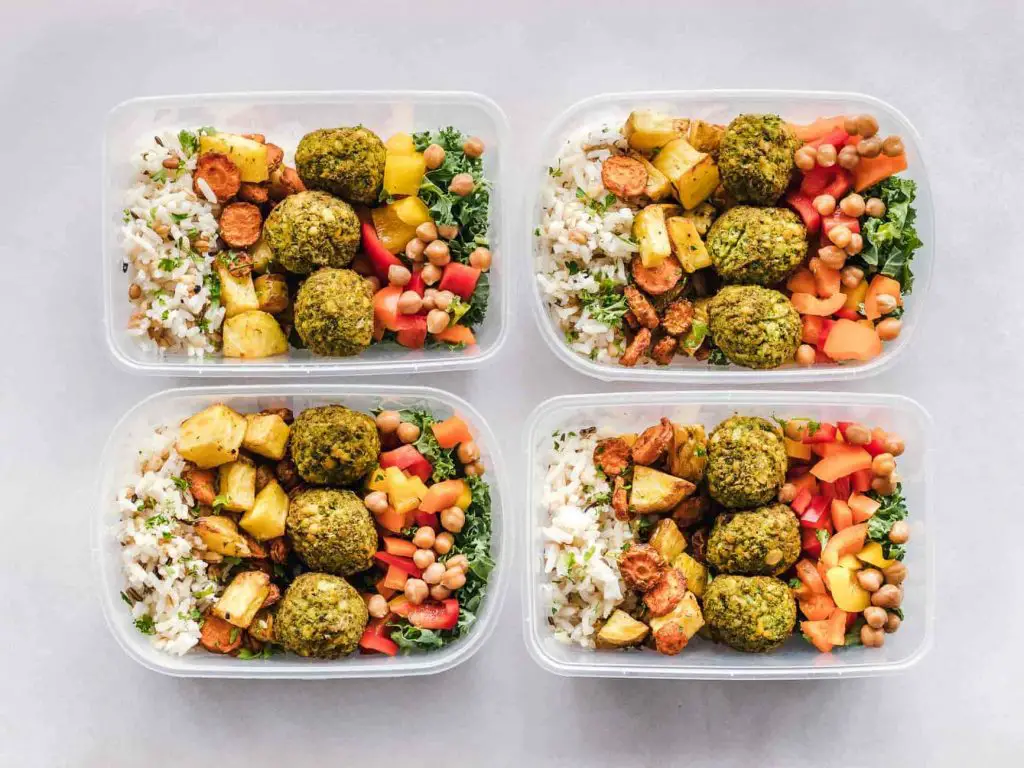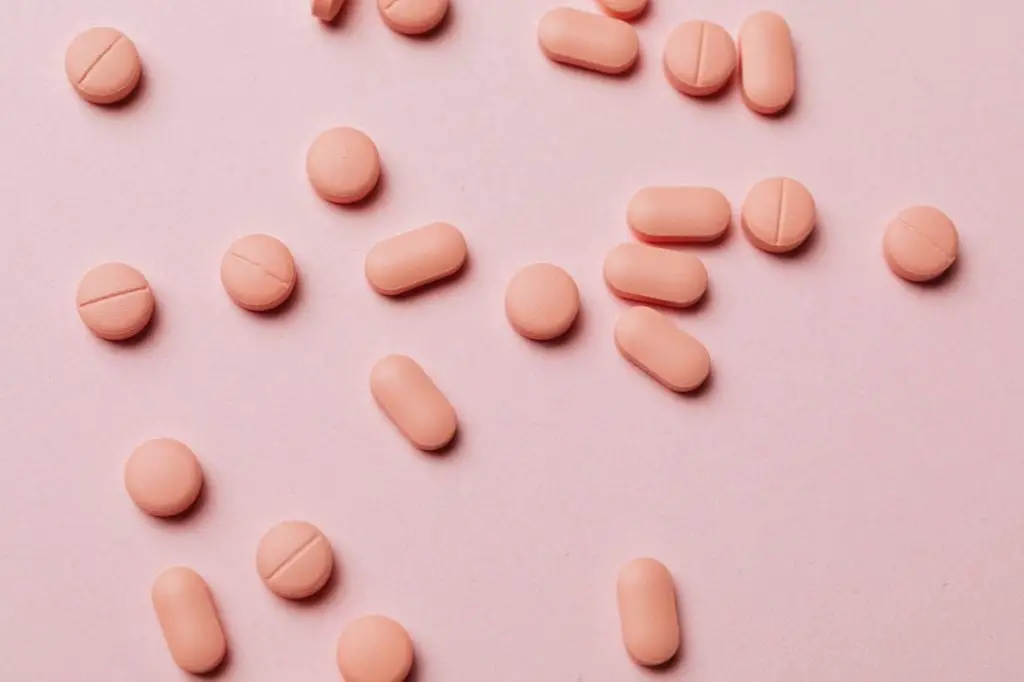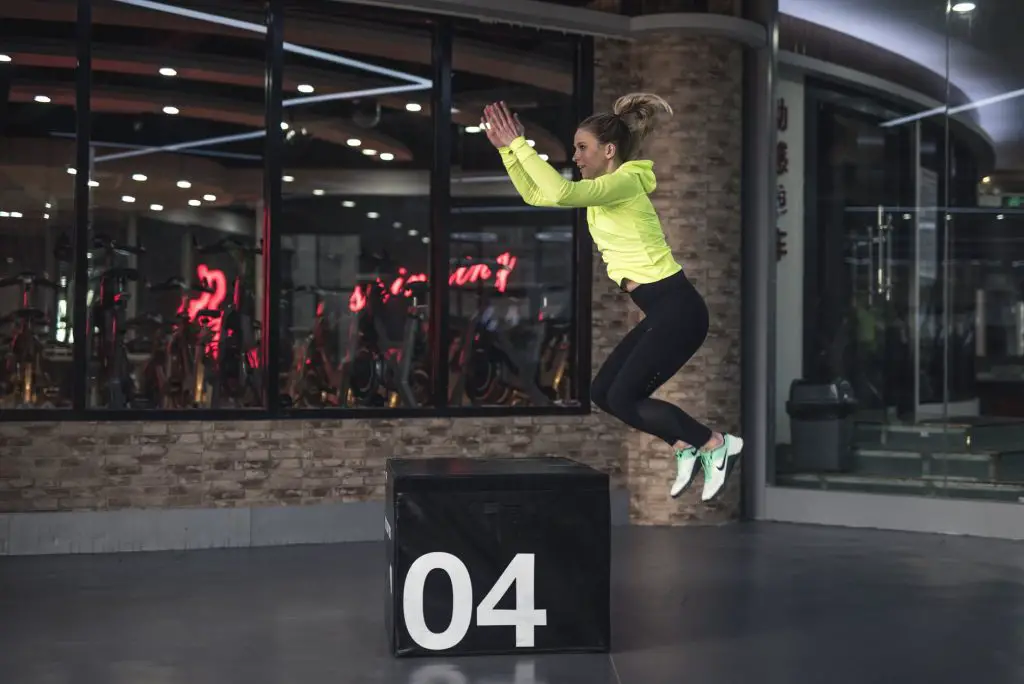One of the keys to getting the most benefit from any exercise or physical activity is the food we eat.
That is why you must know that these two elements must complement each other so that your CrossFit sessions work in the best way.
Are you thinking of practicing CrossFit or have already started in this discipline?
Here are some tips to help you choose the best diet for CrossFit yourself.
First, know how your metabolism works!

It is essential to know how your body reacts to this type of training before you figure out the best diet for CrossFit.
You must understand the function of each type of food and how the body uses it at each moment of the exercise.
Remember, food is the fuel for your muscles.
There are two types of metabolism activated in the body during exercise:
It is activated when energy is produced by burning carbohydrates, amino acids, and fats in the presence of oxygen (light training).
It is activated when energy is produced through the combustion of carbohydrates in the absence of oxygen (intense training).
Now, let’s talk about the Macronutrients, they are the main nutrients that make up the food we eat.
There are three, and you’ve probably heard of them before: Carbohydrates, Protein and Fat.
protein for crossfit
Protein is critical to any CrossFit diet because it is responsible for preventing fracture and tissue damage after activity.
There is no unanimous agreement on the daily amounts that any practitioner of this type of training should consume.
The most commonly used are red meat, chicken, turkey, eggs, and dairy products.
But you can also eat fish, seafood and protein vegetables such as legumes.
The importance of carbohydrates
Carbohydrates are a fundamental part of the best diet for CrossFit.
Their importance consists of providing energy to the brain and nervous system, improving your agility, and the coordination of your movements.
Although they are often associated with overweight and obesity, carbohydrates are necessary for gaining muscle mass.
The crucial factor is consuming those with a low blood sugar level.
Those with high glycemic content produce too much insulin that can not be processed by the body and becomes quite difficult to burn.
The most recommended carbohydrates for CrossFitters are legumes, fruits, oats and quinoa.
Processed wheat pasta and rice can be consumed but sporadically.
Let’s not forget the fats!
Sure, when you think of a healthy diet for high-intensity exercise, the first thing that comes to mind is cutting out all kinds of fat.
But contrary to what many people think, fat is indispensable in the best diet for CrossFit.
They perform regulatory functions in our body: they decrease the impact of carbohydrates by preventing high levels of glucose in the blood.
They also lengthen digestion by making you feel fuller for longer.
If you train regularly and consume the necessary amount of fat, your body will use the fat before the glycogen, and you will feel less tired during exercise.
Also, during the rest between sessions, fat works as fuel.
The most recommended are nuts and seeds, milk fats (such as butter), extra virgin olive oil, avocado, olives, pure cocoa, and coconut.
Take your body to the next level with these hardcore supplements for bulking, cutting and strength.
Best Diets for CrossFit

The Zone Diet
This way of eating is more than 30 years old and has been widely used in the world of fitness.
It is based on the distribution of food in exact proportions. And only accepts low glycemic index carbohydrates, no sugar, and monounsaturated fats.
There are at least three ways to distribute food:
- 1/3 protein, 2/3 carbs, and a touch of fat.
- 30% protein, 40% carbohydrates, and 30% fat.
- 7 grams of protein, 9 grams of carbs, and 1.5 grams of fat.
This diet is based on measuring your consumption of macronutrients (protein, carbohydrates, and fats) to know the energy intake through the caloric value of each of your meals.
It does not prohibit or privilege any type of food, but it does urge you to make good choices without repressing any small taste.
There are many apps and web pages that can help you make these measurements.
But if you prefer something more professional, you can hire a nutritionist to calculate them for you.
With this diet, you can find out how your body responds and the calories you need for better performance.
The Paleolithic Diet
This diet is one of the most widely used in the world of CrossFit.
It is based on eating the way early humans did in the Palaeolithic age. Eliminating legumes, dairy products, cereals, salt, sugar and processed foods.
While consuming only meat, fish, eggs, vegetables, tubers, fruits, and fatty foods.
The downside of the Paleo diet is that you deprive yourself of a major source of carbohydrates by eliminating legumes and cereals from your diet.
And you can also exceed the amount of fat you need for optimal performance in this type of training.
If you choose this diet, you must diversify your sources of carbohydrates.
Clean eating
Clean eating is based on avoiding junk food in your diet without further calculation or measurement.
It’s about eating natural foods while avoiding processed foods with sugar and saturated fats.
Some of those who use this diet divide it into 80% healthy food and 20% of what you crave.
But it’s still recommended that you include protein, carbohydrates, and fats.
It’s crucial to keep an eye on how your body is reacting.
If you feel tired and sleepy, you should eat more carbs, but if you feel more fragile, the problem is a lack of protein or fat.
vegan diet for CrossFit
If you are a vegan and are interested in CrossFit, don’t worry!
You can find some alternatives for a nutritious diet that’s wholesome enough for CrossFit.
In fact, some top athletes practice it without any disadvantages.
The key is to be more creative and disciplined in substituting the animal protein in your meals and the amino acids it provides.
It is always fundamental that you do a little more research on this subject and get advice from an expert in this type of diet.
Here are some options to do so:
- Consuming vitamin B12.
- Use vegan creatine supplements.
- Eat large amounts of high-calorie foods.
crossfit eating for performance

You should never train on an empty stomach
Some people use to train without eating at all, claiming that if they eat before, they feel abdominal discomfort, they get dizzy or even throw up.
But the truth is that this is not recommended because you will not perform at your best.
Training on an empty stomach means forcing your body due to the demands of this type of exercise.
CrossFit and training, in general, require carbohydrates to generate glucose in your body and avoid fatigue.
In fact, when your organism doesn’t have enough carbs for the training, it will take the energy from where it can, which leads to a loss of muscle mass instead of a loss of fat.
The solution for these cases is to change your pre-workout meals for lighter ones. And also, wait 1 or 2 hours to do the digestion before training.
Ideally, the best diet for CrossFit is rich in carbohydrates and easy to digest.
At your first meal of the day, you should avoid wholemeal, legumes (or mash them), dried, fibrous, and flatulent fruits such as artichoke, asparagus, or cabbages.
It’s better to cook vegetables with a little oil and in the oven, grill or steam.
When it comes to fruit, it’s advisable to peel them or better consume them in smoothies.
Don’t forget to hydrate!
In the world of exercise, we often concentrate on nutrition.
Taking care of every detail, thinking about every food, even checking the grams of each portion we consume, while neglecting the amount of water we drink.
Combining proper hydration (before and after training) with the best CrossFit diet is essential for your performance and your health in general.
But, hydration is not just about water consumption. Have you ever heard “Eat your water”?
Hydration also about foods such as fruits and vegetables, which are rich in water.
Watch out for the cheat meal!
You must manage to combine your foods so that you can enjoy them in the best possible way.
You should have fun with the healthy food you decide to take so that you don’t feel anxiety about the so-called cheat meal.
These are off-diet meals that some cross-fitters allow themselves to have from time to time as a reward.
The problem with the cheat meal method is that, if you don’t enjoy the food you eat for the rest of the days, you’ll find yourself binge eating.
The secret is to be creative and keep your meals colorful and varied.
Post-training recovery
To increase your performance and your WOD’S (Workout of the day), you must take post-training recovery seriously.
There are a few strategies to incorporate with the best diet for CrossFit:
1. The first thing is to work on rehydration through broths, water, and other drinks.
2. Secondly, you should consume carbohydrates to avoid calorie deficit and to renew glycogen in your body.
3. It is also recommended that you eat enough of protein (red meat, chicken, or large fish).
4. Anti-inflammatory foods are very beneficial during recovery. They can be with Omega 3, such as nuts, chia seeds, or small blue fish (sardines, anchovies). Spices such as ginger, turmeric, cayenne pepper, or rosemary also work.
5. Rest and sleep are also essential for optimal recovery. It is necessary to sleep around 7-9 hours and rest at least one day a week so that the body can recover from all the physical effort it has made.
CrossFit supplements

It is essential to make this very clear.
If you do not take care of your diet and follow the recommendations, you better not consume food supplements of any kind.
Supplements can’t substitute a proper diet, and you will not achieve the benefits you want that way.
In fact, doing it that way can be counterproductive and harmful to your body and your health.
But, if you are taking your diet seriously, these are the supplements that can improve your performance and complement your best diet for Crossfit.
Whey protein and BCAA
Both Whey protein (we recommend BRF Whey Protein powder, a pure clean and high quality 90% isolate powder) and BCAAs are responsible for promoting muscle recovery and strengthening the immune system, which is very prone to depression during high-intensity training.
D-Bal Supplements
D-Bal is a potent supplement with a brand new formula that promises to seriously increase your muscle mass and your training strength.
All while severely stripping away body fat, which is what most of us want when it boils right down to it.
NiacinMax Vitamins
NiacinMax is a sports supplement, its main purpose is to encourage and support oxygen circulation through your body.
This is why a lot of athletes and bodybuilders employ supplements like NiacinMax in order to get the most out of their training.
TestoGen Booster
TestoGen is a 100% natural dietary supplement that acts as a testosterone booster and promises to increase your muscle size, strength, and stamina.
In other words, by taking TestoGen, you’ll be able to do more reps, lift heavier, perform better in the gym and also put on muscle more easily.
Final Thoughts
Now you know everything about the best diet for CrossFit and what tips and strategies to follow for this type of training.
It’s your turn to choose the right option for you and start getting your dream body!


